
Suppose you’re a red-blooded American growing up anywhere near a television for the last thirty years. In that case, chances are A Christmas Story is at least a tangential part of your holiday memories. Regardless of your thoughts on the film itself — I think it’s perfectly fine, if exceedingly overplayed — there’s no mistake that it’s wormed its way into the American lexicon by sheer dint of its omnipresence on TV screens during the holidays.
But how did such a small, independent holiday film — one with a decidedly jaundiced (and BB-pelted) eye towards the nostalgia of the 1940s — turn from a theatrical shrug into an unlikely American treasure? Let alone one that would spawn multiple sequels, with the latest, A Christmas Story Christmas, coming to VOD and HBO Max on November 17th.
Let’s turn back the clock, break out our Little Orphan Annie Secret Decoder Rings, and unravel the mystery. Just be sure to have your Ovaltine close at hand.
(Sidenote: For more great insights into the history, fandom, and making of A Christmas Story, I highly recommend Caseen Gaines’ book A Christmas Story: Behind the Scenes of a Holiday Classic, which was essential reading for this piece.)
[flexi-common-toolbar] [flexi-form class=”flexi_form_style” title=”Submit to Flexi” name=”my_form” ajax=”true”][flexi-form-tag type=”post_title” class=”fl-input” title=”Title” value=”” required=”true”][flexi-form-tag type=”category” title=”Select category”][flexi-form-tag type=”tag” title=”Insert tag”][flexi-form-tag type=”article” class=”fl-textarea” title=”Description” ][flexi-form-tag type=”file” title=”Select file” required=”true”][flexi-form-tag type=”submit” name=”submit” value=”Submit Now”] [/flexi-form]
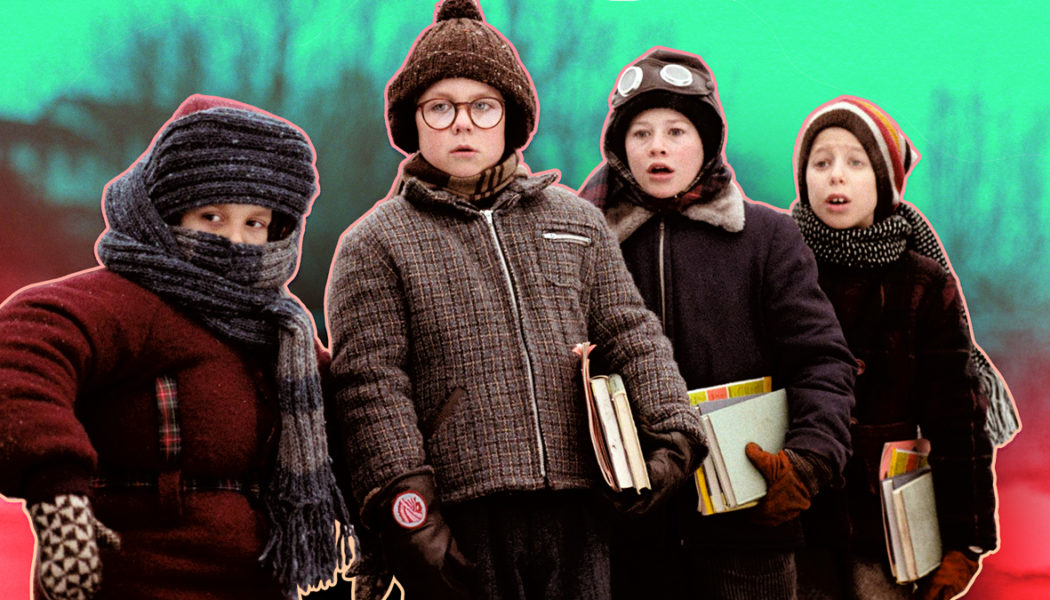
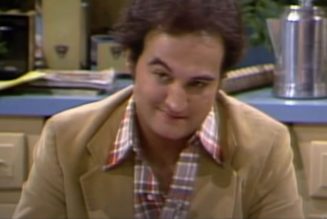
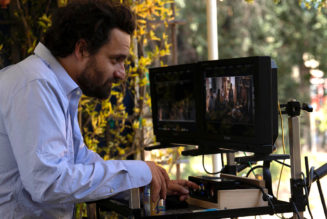


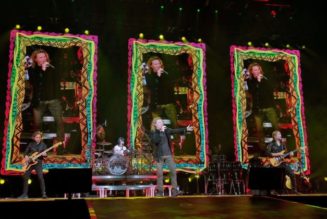

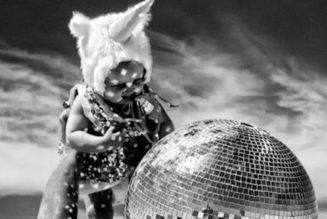


Tagged: A Christmas Story, Alternative Music, Bob Clark, Editorials, FEATURES, Film, music blog